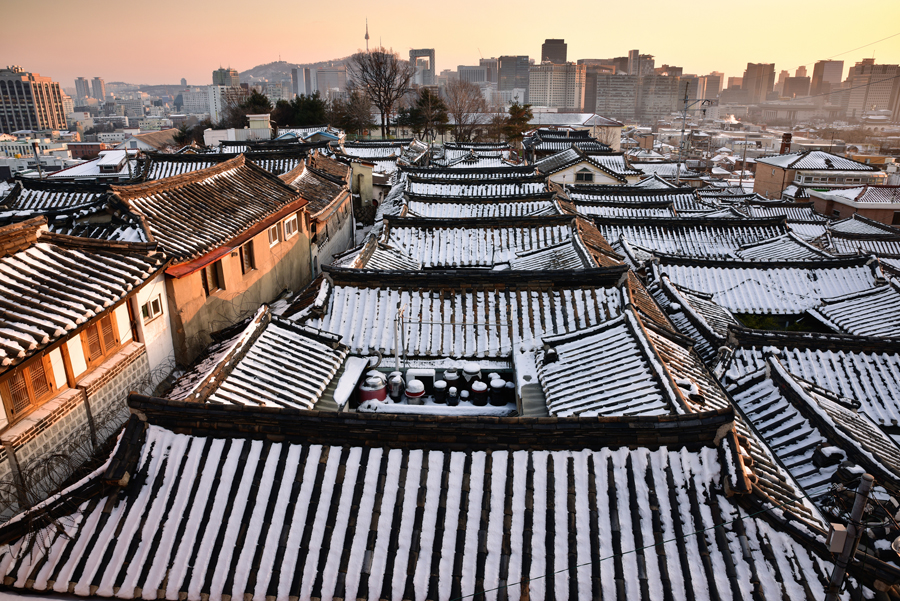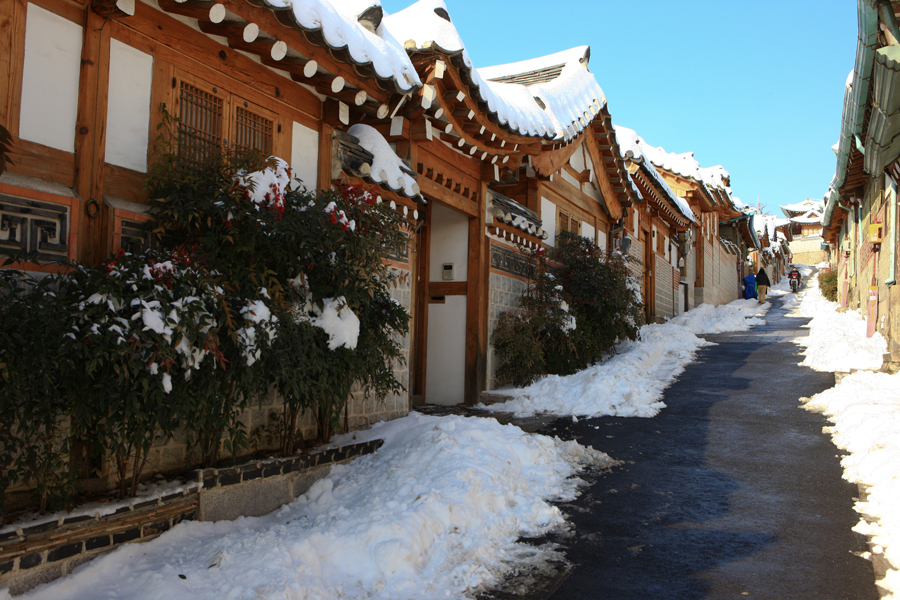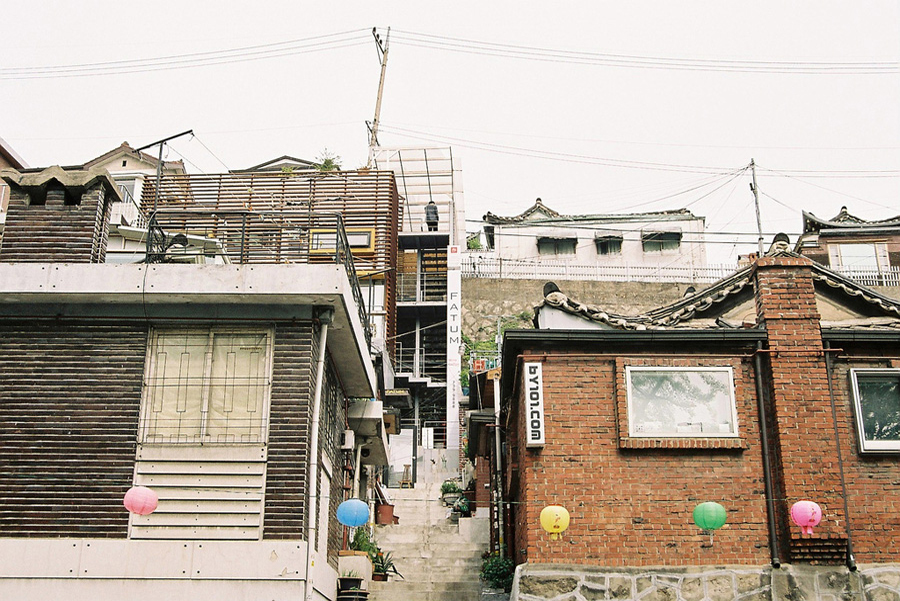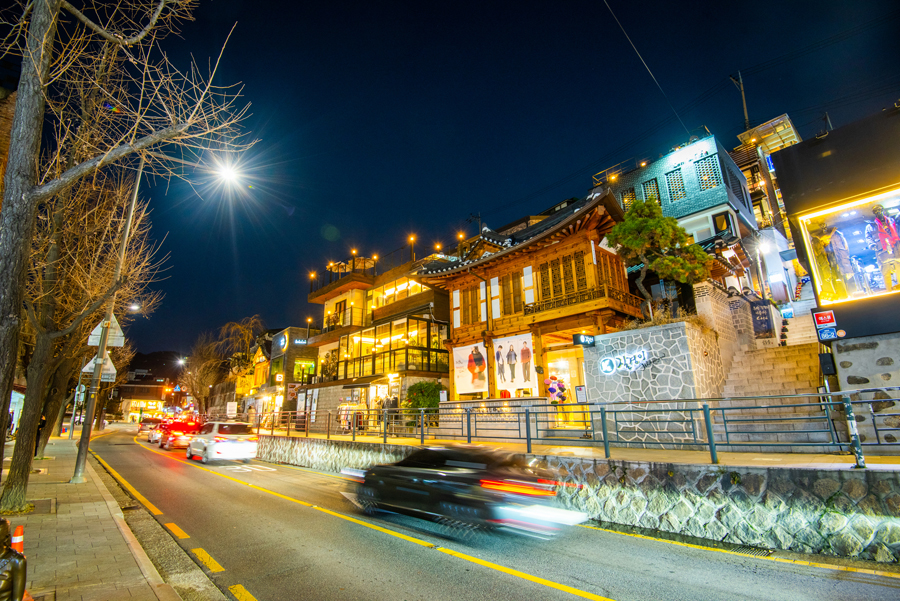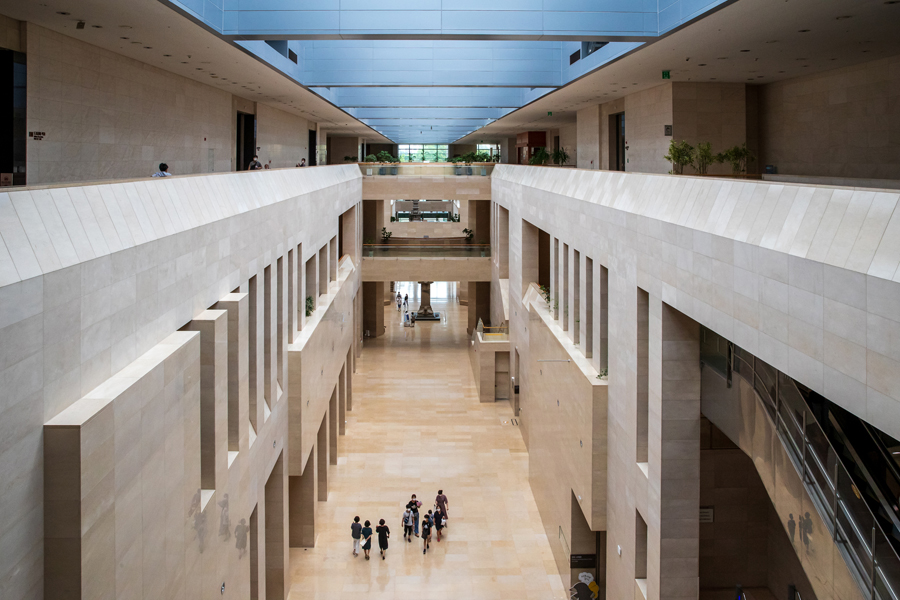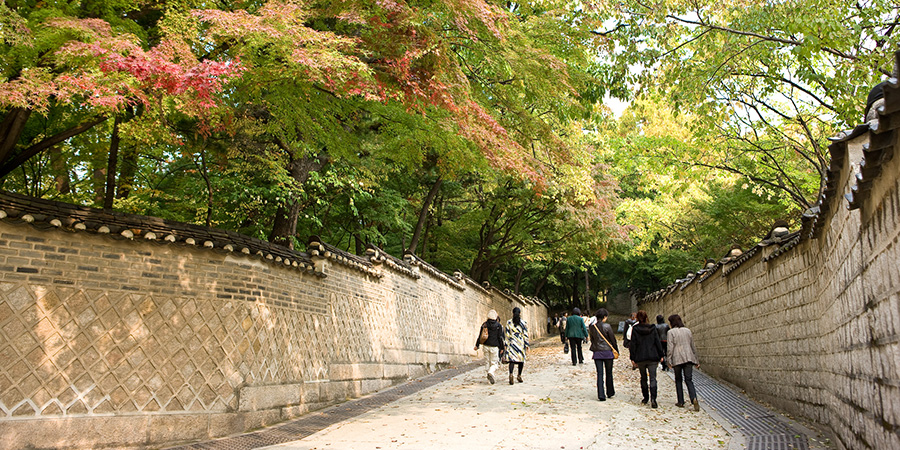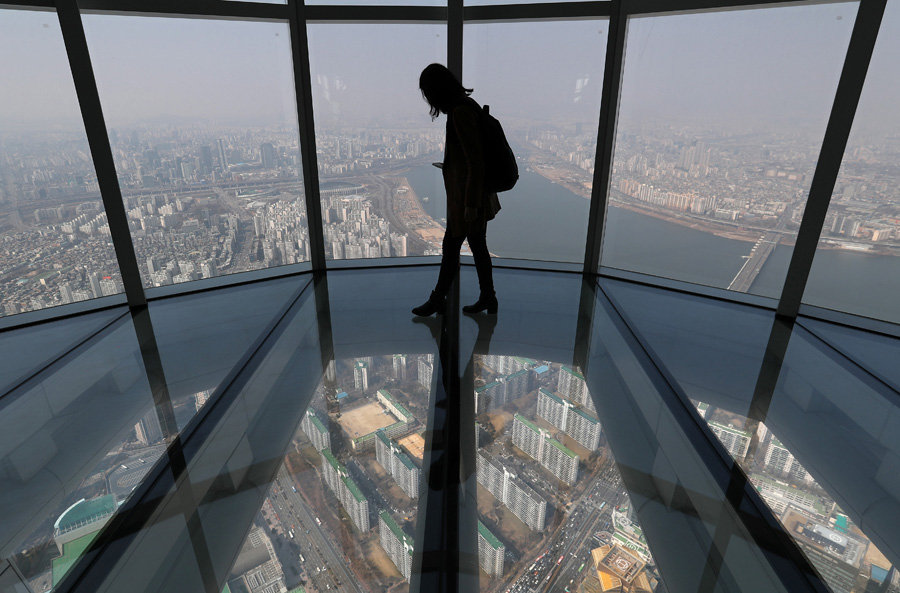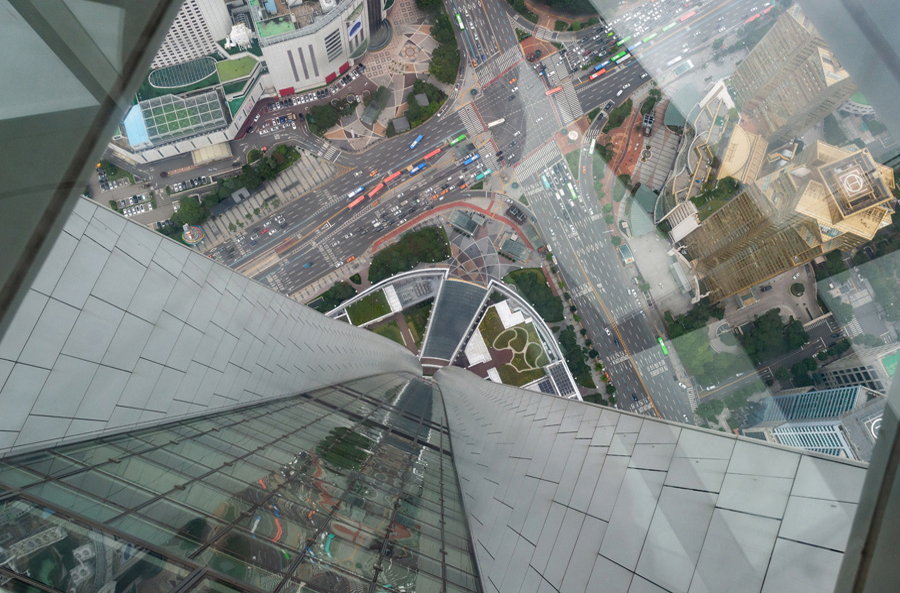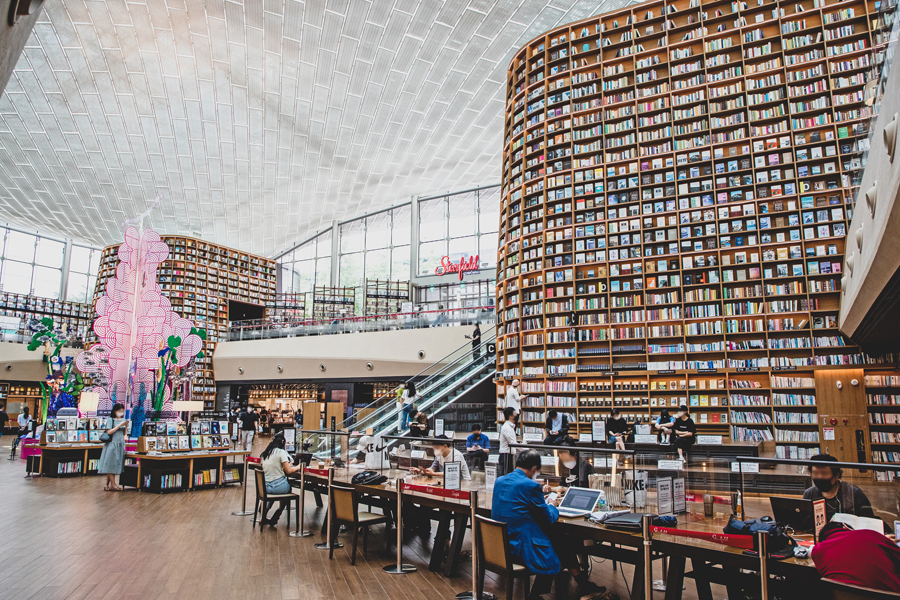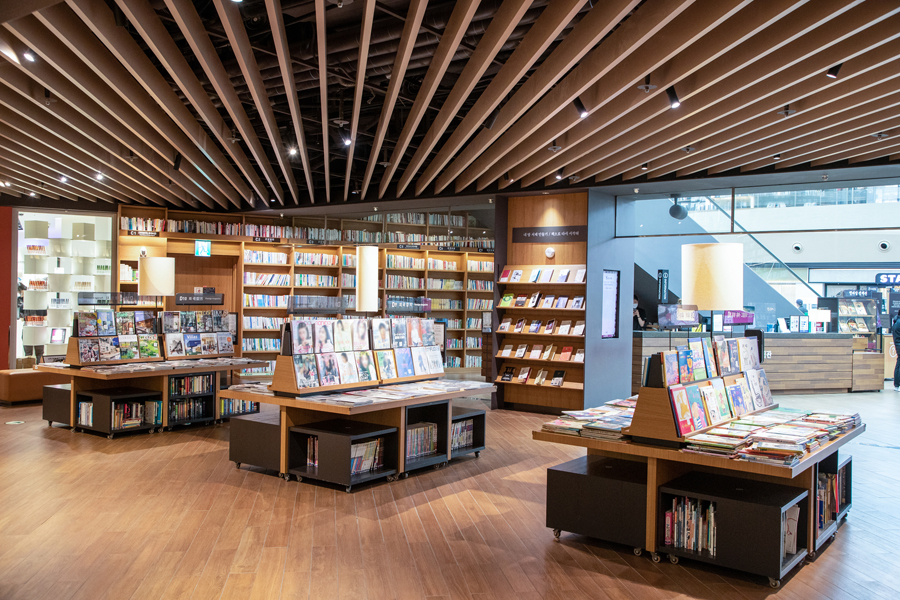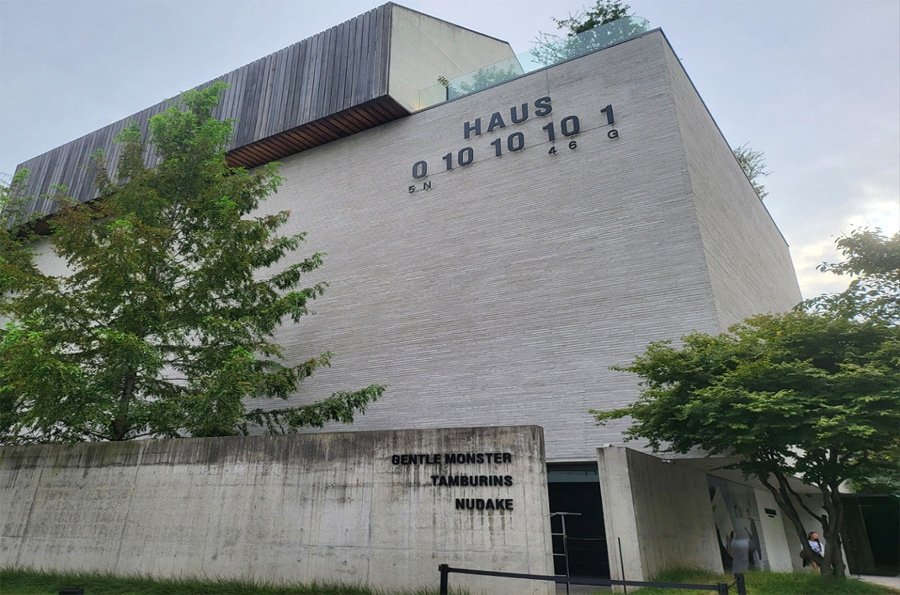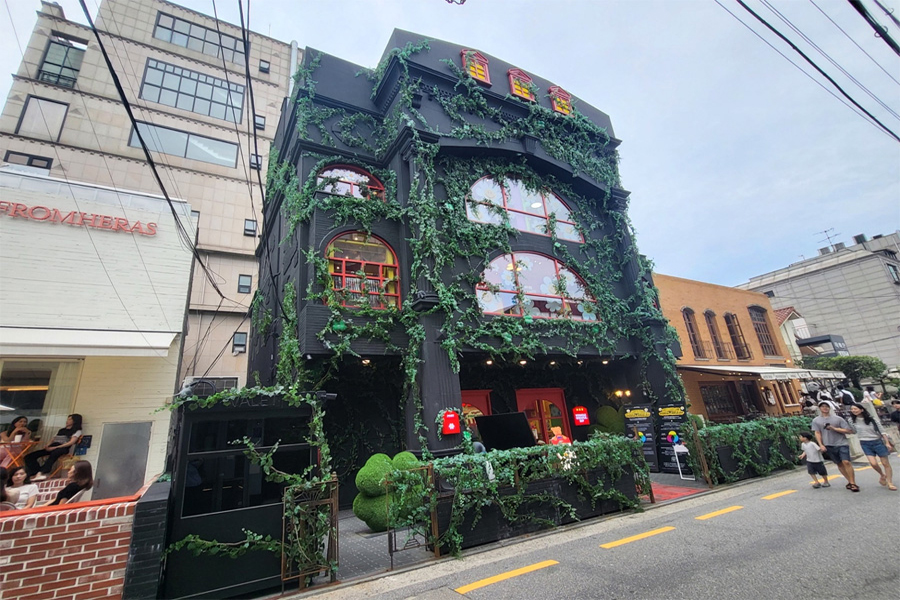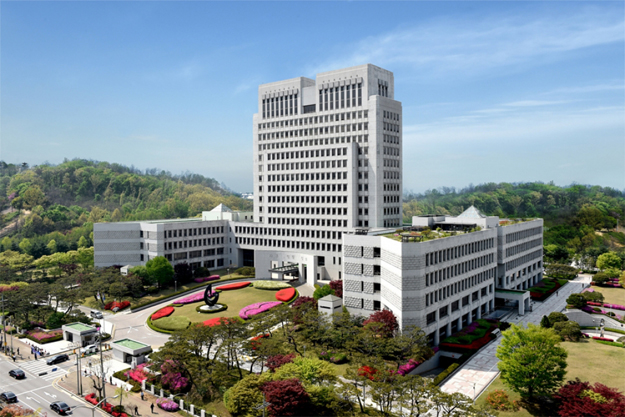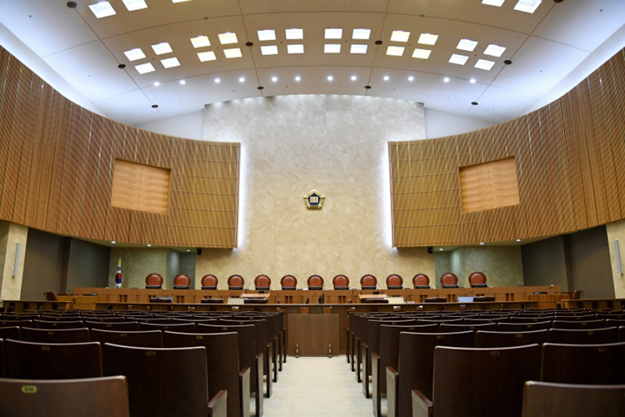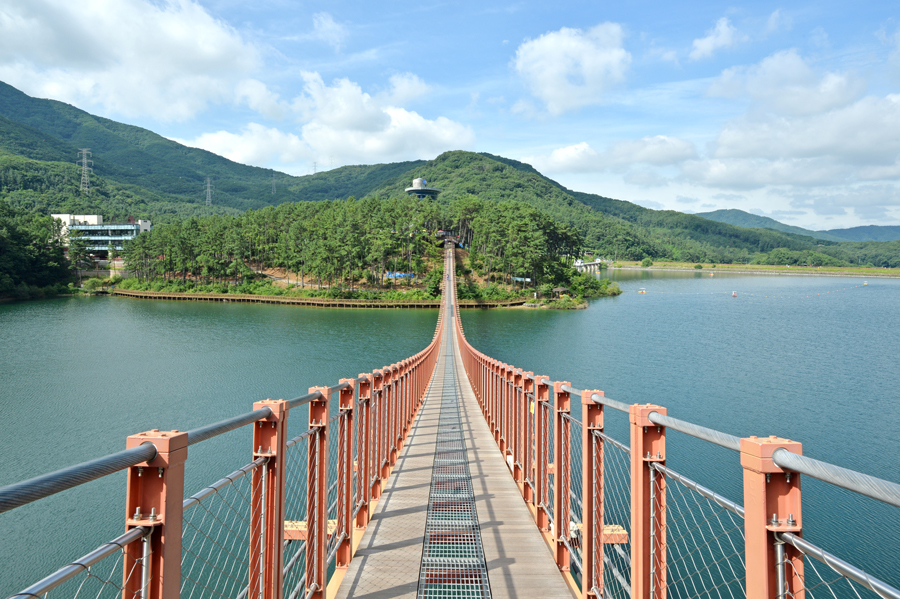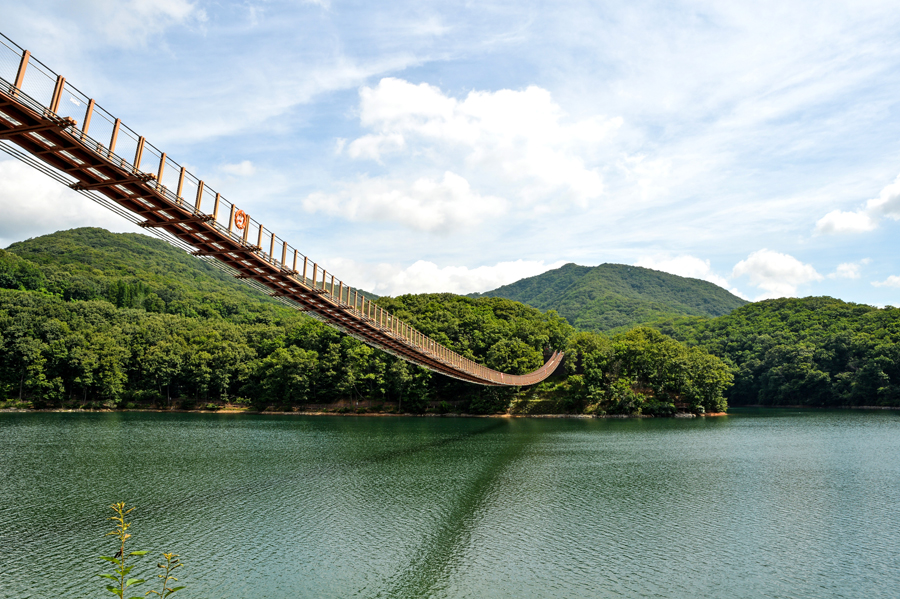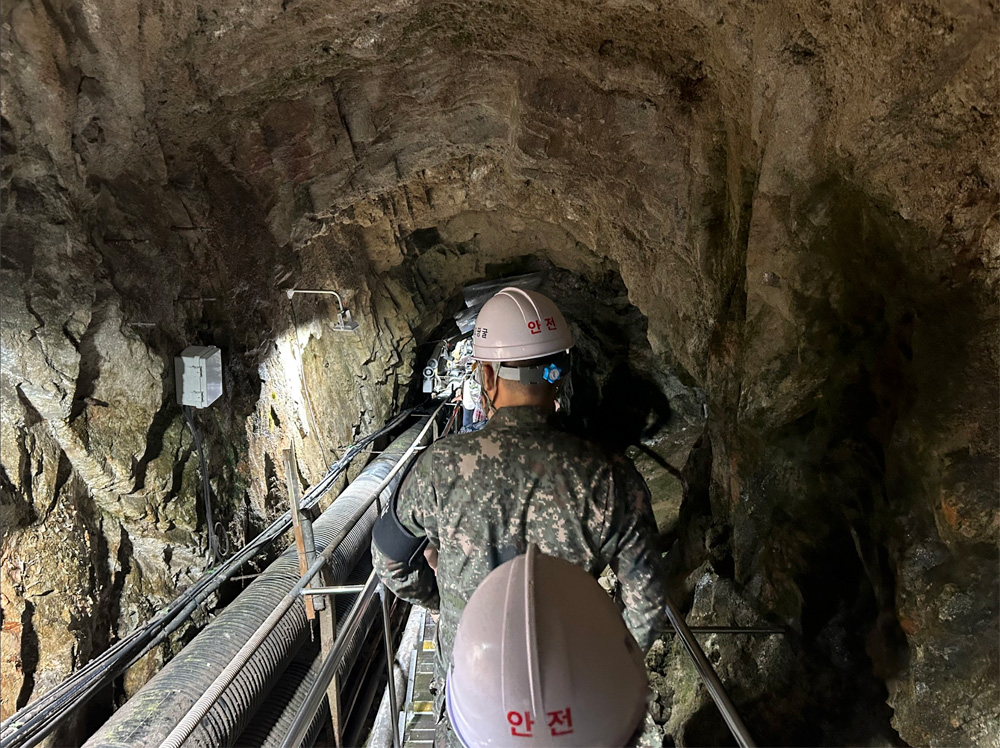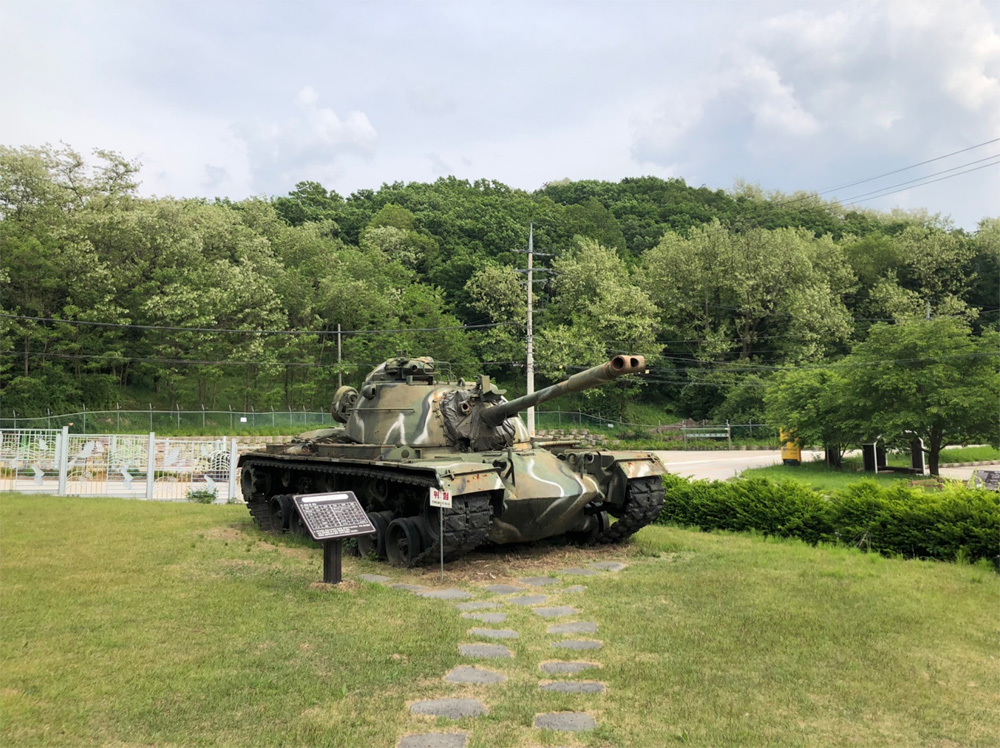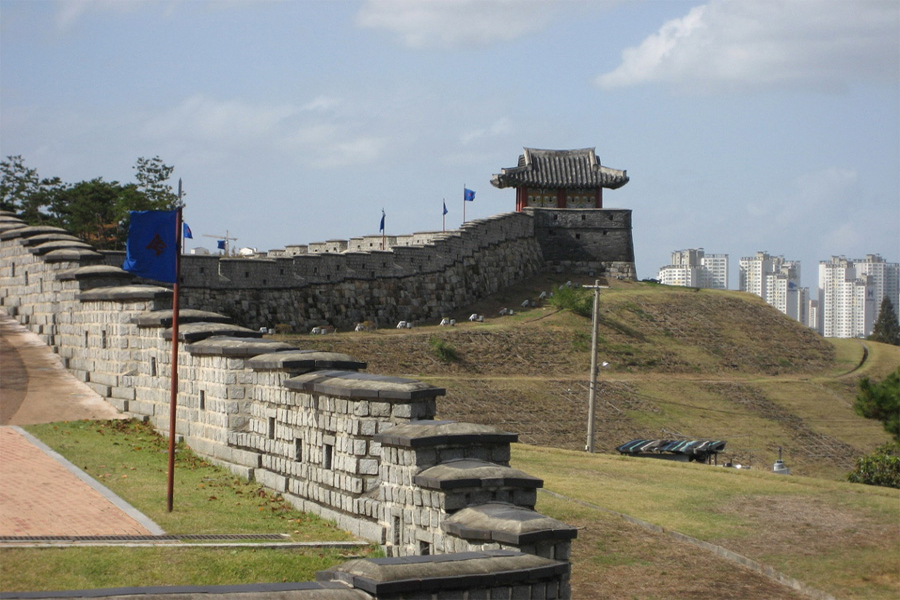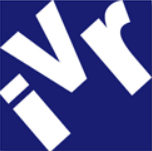|
|
Excursion
Excursion Options
I. Seoul City Tour - 1
1) Gyeongbok Palace
2) Bukchon Hanok Village
3) Samcheong-dong
4) National Museum of Korea
II. Seoul City Tour - 2
1) Changdeokgung Palace
2) Insa-dong
3) National Museum of Korea
4) Constitutional Court of Korea (up to 50 participants)
III. Gangnam Tour (Seoul City Tour - 3)
1) Lotte Tower (Seoul Sky)
2) COEX Starfield Library
3) Hous Dosan
4) Supreme Court of Korea (up to 50 participants)
IV-1. D.M.Z & Paju
1) D.M.Z
2) The 3rd Tunnel
3) Majang Lake Suspension Bridge
IV-2. D.M.Z & Cheorwon
1) D.M.Z Crane Peace Town
2) The 2nd Tunnel
3) Peace Observatory
4) Woljeongri
V. Korean Folk Village Tour & Hwaseong Fortress
1) Korean Folk Village
2) Hwaseong Fortress
VI. Train Trip to Gangneung
1) Gyeongpodae Pavillion
2) Ojukheon House
3) Hassla Art World
1) Gyeongbok Palace
2) Bukchon Hanok Village
3) Samcheong-dong
4) National Museum of Korea
II. Seoul City Tour - 2
1) Changdeokgung Palace
2) Insa-dong
3) National Museum of Korea
4) Constitutional Court of Korea (up to 50 participants)
III. Gangnam Tour (Seoul City Tour - 3)
1) Lotte Tower (Seoul Sky)
2) COEX Starfield Library
3) Hous Dosan
4) Supreme Court of Korea (up to 50 participants)
IV-1. D.M.Z & Paju
1) D.M.Z
2) The 3rd Tunnel
3) Majang Lake Suspension Bridge
IV-2. D.M.Z & Cheorwon
1) D.M.Z Crane Peace Town
2) The 2nd Tunnel
3) Peace Observatory
4) Woljeongri
V. Korean Folk Village Tour & Hwaseong Fortress
1) Korean Folk Village
2) Hwaseong Fortress
VI. Train Trip to Gangneung
1) Gyeongpodae Pavillion
2) Ojukheon House
3) Hassla Art World
I. Seoul City Tour - 1
1) Gyeongbokgung Palace
Gyeongbokgung is the royal palace of the new Joseon Dynasty, built in 1395 by King Taejo Lee Seong-gye.
This palace boasts the greatest scale and architectural beauty among the five other palaces. The palace has administrative facilities for the king and officials, a living space for the royal family, and a back garden.
This palace boasts the greatest scale and architectural beauty among the five other palaces. The palace has administrative facilities for the king and officials, a living space for the royal family, and a back garden.
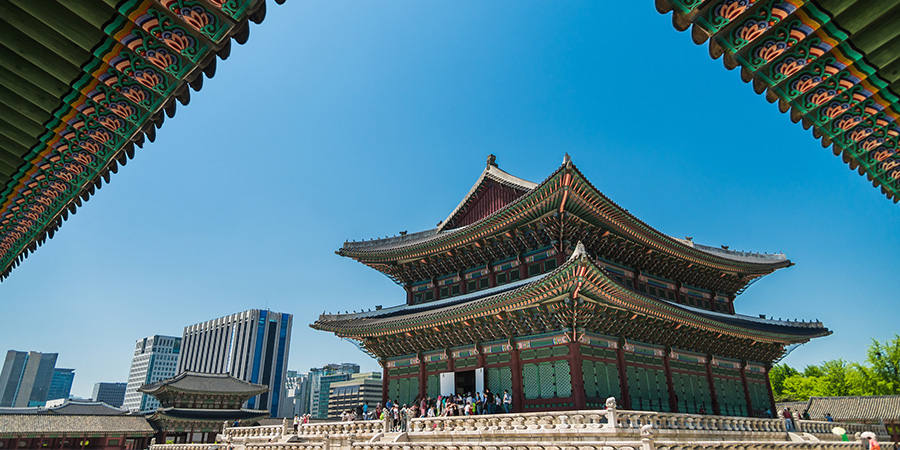
ⓒ 한국관광공사 사진갤러리-Jeerawut Rityakul
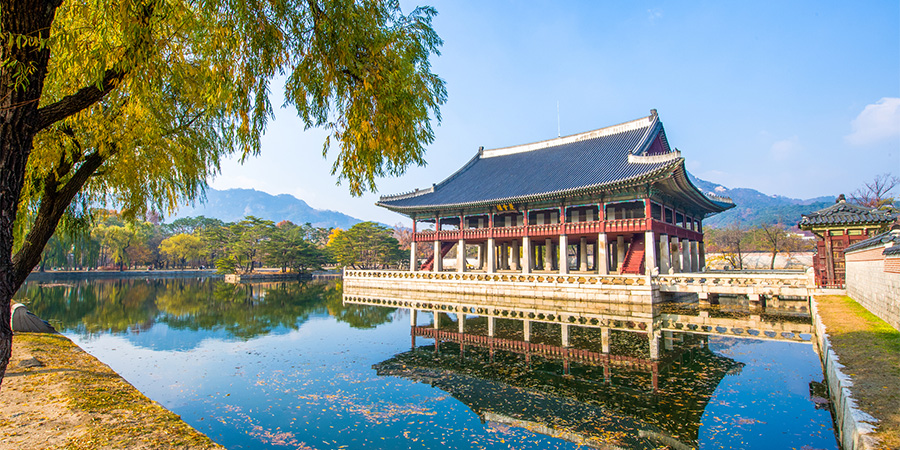
ⓒ 한국관광공사 사진갤러리-두드림
2) Bukchon Hanok Village
Bukchon Hanok Village is home to hundreds of traditional houses, called hanok, that date back to the Joseon dynasty. The name Bukchon, which literally translates to "northern village," came about as the neighborhood lies north of two significant Seoul landmarks, Cheonggyecheon Stream and Jongno. Today, many of these hanoks operate as cultural centers, guesthouses, restaurants, and tea houses, allowing visitors to experience, learn, and immerse themselves in traditional Korean culture.
3) Samcheong-dong
Samcheong-dong is a neighborhood of Jongno-gu in Seoul It lies north of Jongno and east of Gyeongbokgung. This hilly neighborhood is characterized by numerous small art galleries, shops, and restaurants. Visitors to the area can see restored hanok, Korean traditional-style houses. The Board of Audit and Inspection of Korea is located here. It is also home to several foreign government offices including the Vietnamese consulate.
4) National Museum of Korea
The National Museum of Korea houses a vast collection of over 420,000 artifacts from ancient times to the modern era in a wide range of topics, including art and culture. The outdoor grounds feature pagodas and other stone artworks too large to be on display inside. In addition to galleries with a wide array of national and international pieces, the National Museum of Korea is a stage for a number of cultural activities.
II. Seoul City Tour - 2
1) Changdeokgung Palace
Changdeokgung is a palace of Joseon, located at the foot of Eungbong, the peak on the left side of Bukaksan Mountain.
The secret garden located in Changdeokgung Palace is the royal backyard with pavilions, ponds, and oddly shaped rocks in each area. Changdeokgung Palace, the original form of which is best preserved among the remaining palaces of the Joseon Dynasty, was registered as a UNESCO World Heritage Site in 1997 for its harmonious arrangement with nature and the sentiment of Korea.
The secret garden located in Changdeokgung Palace is the royal backyard with pavilions, ponds, and oddly shaped rocks in each area. Changdeokgung Palace, the original form of which is best preserved among the remaining palaces of the Joseon Dynasty, was registered as a UNESCO World Heritage Site in 1997 for its harmonious arrangement with nature and the sentiment of Korea.
2) Insa-dong
The pedestrian street at the heart of vibrant Insa-dong is lined with teahouses, Korean restaurants, and shops selling traditional products such as pottery, tea, and handmade Korean paper.
In the unique Ssamziegil complex, there are cozy cafes and rooftop terraces that lead to a staircase with murals.
In the unique Ssamziegil complex, there are cozy cafes and rooftop terraces that lead to a staircase with murals.
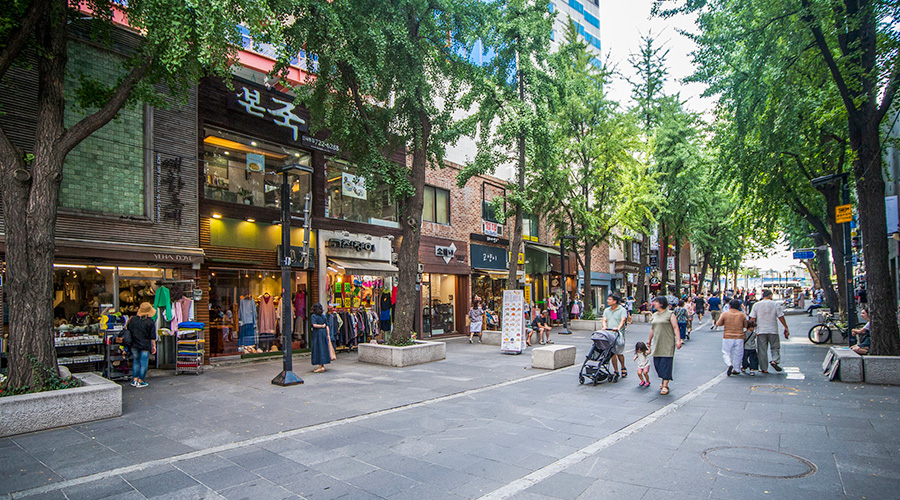
ⓒ 라이브스튜디오
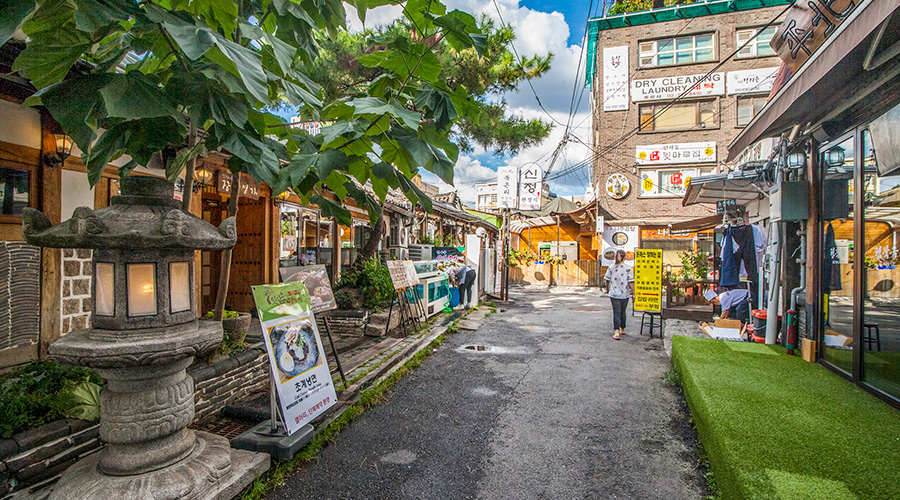
ⓒ 라이브스튜디오
3) National Museum of Korea
The National Museum of Korea houses a vast collection of over 420,000 artifacts from ancient times to the modern era in a wide range of topics, including art and culture. The outdoor grounds feature pagodas and other stone artworks too large to be on display inside. In addition to galleries with a wide array of national and international pieces, the National Museum of Korea is a stage for a number of cultural activities.
4) Constitutional Court of Korea (up to 50 participants)
A tour of the Constitutional Court of Korea is being planned with the number of participants limited to 50 people. For more information, please visithttps://english.ccourt.go.kr/site/eng/main.do
III. Gangnam Tour (Seoul City Tour - 3)
1) Lotte Tower (Seoul Sky)
The Seoul Sky Observatory is located at the top of the Lotte World Tower, the world's fifth tallest building standing 123 stories and 555 meters high. As the tallest building in South Korea, it is the only place where you can take in a gorgeous 360-degree view of Seoul, the capital city of South Korea roaring with brilliant history and dynamic modern culture.
2) COEX Starfield Library
Starfield Library, located in the center of COEX, is an open bookstore-themed multi-cultural complex. Publications from various fields such as literature, economics, hobby, and lifestyle fill the library. There is a wide open space in the center that houses exhibitions or structures depending on the season or event. Starfield Library is located in COEX in the middle of Gangnam, Seoul. It is easily accessible and also has various restaurants, a movie theater, and an aquarium.
3) Hous Dosan
Gentle Monster presents the beginning of future retail, the HAUS concept. Haus incorporates the experiential creativity and vision for the retail of Gentle Monster while encompassing the sensual artisan cosmetic brand Tamburins and fantasy-inspired dessert brand Nudake.
4) Supreme Court of Korea (up to 50 participants)
A tour of the Supreme Court is being planned, but based on tour regulations of the Supreme Court, it will be possible to know the availability of the tour a month in advance. Also, the number of participants is limited to 50 people, and in case of cancellation, only the Gangnam tour posted above will take place.
For more information, please visit https://eng.scourt.go.kr/eng/main/Main.work The Supreme Court of Korea (scourt.go.kr)
For more information, please visit https://eng.scourt.go.kr/eng/main/Main.work The Supreme Court of Korea (scourt.go.kr)
IV-1. D.M.Z & Paju
This tour is first come first serve basis.
1) DMZ (Demilitarized Zone)
When the Korean War ended with a cease-fire in 1953, the Northern and Southern Limit Lines were created and the lines reach 248 km in length. At the present time, an area within 2 km in both the north and south side is designated as the DMZ. Since the Armistice Agreement was signed for the Korean War, the DMZ has been holding its position, free from contact of human beings. Such geological features have helped enhance the value of the DMZ in terms of history, security, ecology, and culture.
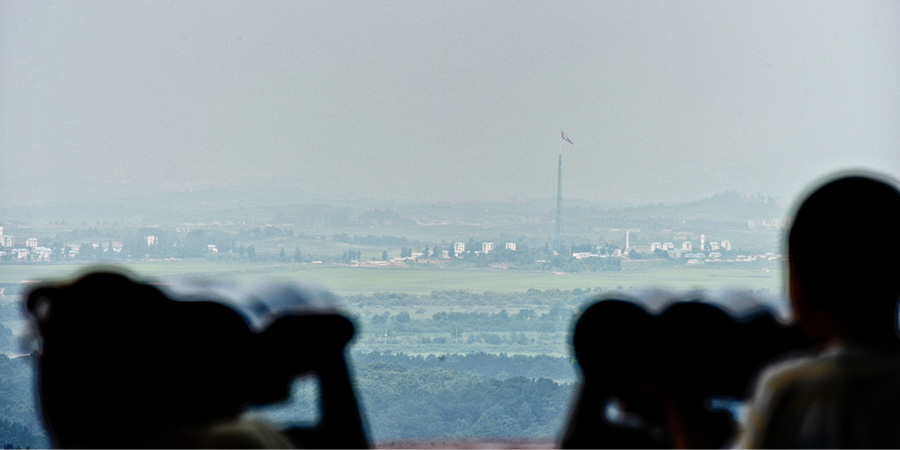
ⓒ한국관광공사 사진갤러리-IR 스튜디오
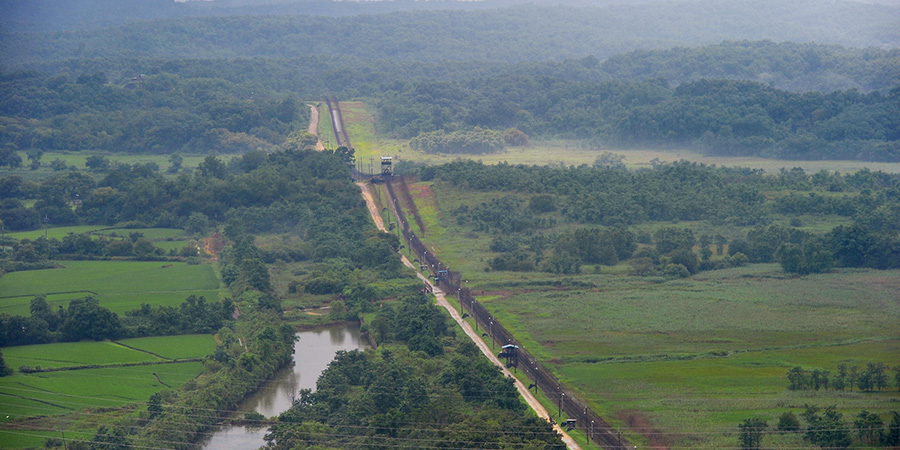
ⓒ한국관광공사 사진갤러리-IR 스튜디오
2) The 3rd Tunnel
This tunnel which was dug for invading South Korea (2m wide / 2m high / 1,635m long) was discovered in 1978 and bears the marks of the confrontation between the two Koreas. The tunnel penetrates 435 meters to the south of the Military Demarcation Line (MDL) at a point only 4 kilometers southward from the Truce Village of Panmunjeom.It runs through bedrock at a depth of about 73 meters below ground.
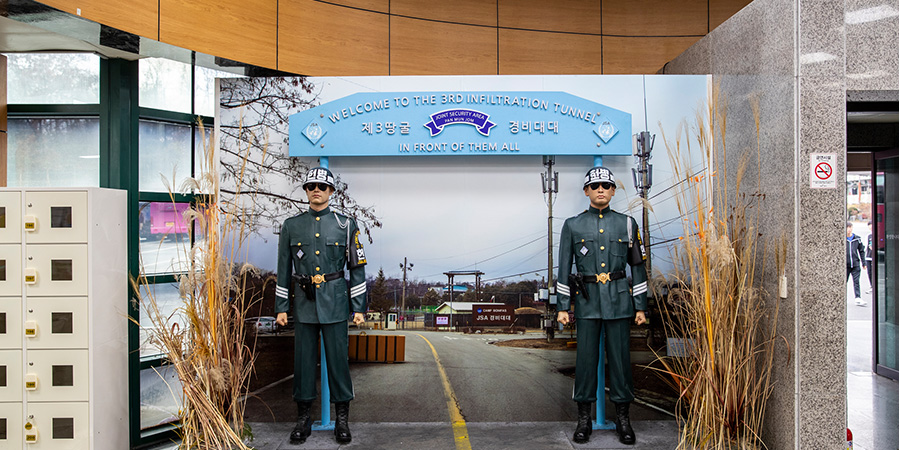
ⓒ한국관광공사 사진갤러리-한국관광공사 이범수
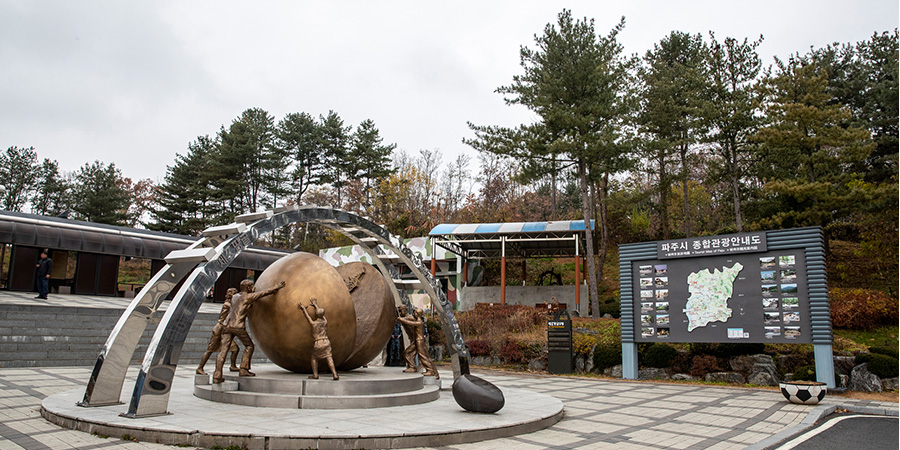
ⓒ한국관광공사 사진갤러리-한국관광공사 이범수
3) Majang Lake Suspension Bridge
The suspension bridge, which has become the landmark of Majang Lake, is the longest of its kind in Korea. There is also a 15-meter-high observatory and viewing deck as well as a 3.3-kilometer-long circumferential path around the lake, which are great places for visitors to enjoy the calm and peaceful scenery of the lake. There is no admission fee or parking fee, and pets are allowed here.
IV-2. D.M.Z & Cheorwon
This tour is first come first serve basis.
Peace obseratory - 2nd Tunnel - Woljeongri
Experience the echoes of the Korean War at Baekmagoji and Hill 303 (Blood Ridge). Have a closer look at the North Korean military outposts in the new Cheorwon DMZ. Unlike other tunnels, in 2nd Tunnel, taking photo is available, and photos with soldiers are bonus!
V. Korean Folk Village Tour & Hwaseong Fortress
1) Korean Folk Village
It is a realistic and interesting place that comprehensively reproduces the folk life of Korea, where you can see and experience Korean traditional culture. The low houses with colorful roofs and rides in the Korean Folk Village blend well with the autumn leaves, and the lake in the middle makes it more picturesque.It is an East Asian traditional structure that is usually built in a location that is good for appreciating the scenery. You can take a break while sitting in this pavilion engraved with traditional Korean patterns and smelling the scent of a pine forest.
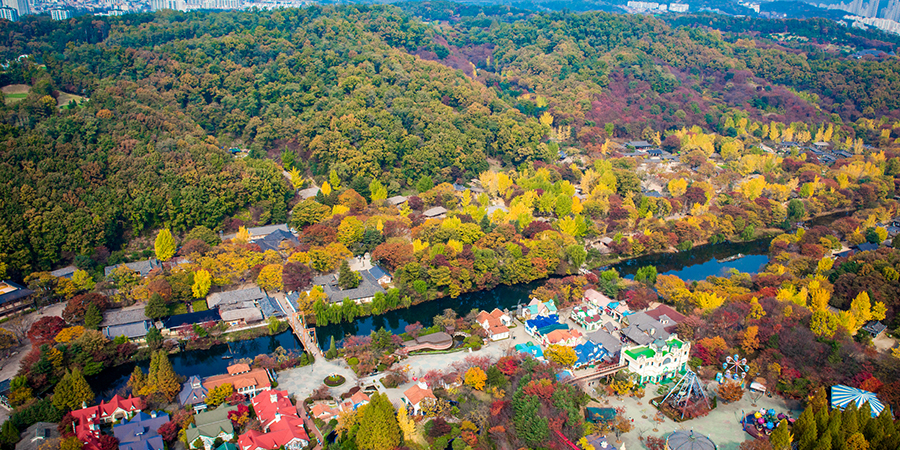
ⓒ 라이브스튜디오 김학리
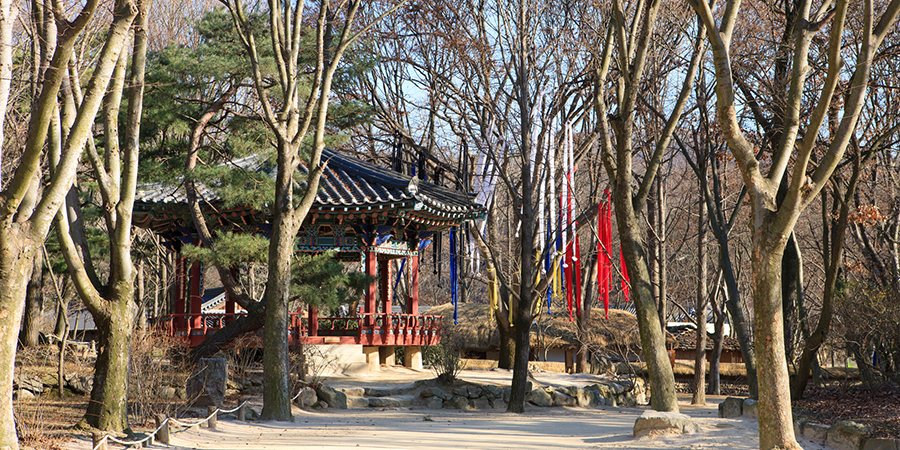
ⓒ 스튜디오 홍반장
It is an East Asian traditional structure that is usually built in a location that is good for appreciating the scenery. You can take a break while sitting in this pavilion engraved with traditional Korean patterns and smelling the scent of a pine forest.
Samulnori is a type of Korean music developed based on melodies taken from pungmul played with musical instruments (kkwaenggwari, jing, janggu, drum). Commonly, the sound of kkwaenggwari (a small gong) is likened to thunder, the sound of jing (a gong) to the wind, the sound of a janggu (double-headed drum with a narrow waist in the middle) to rain, and the sound of a drum to clouds.
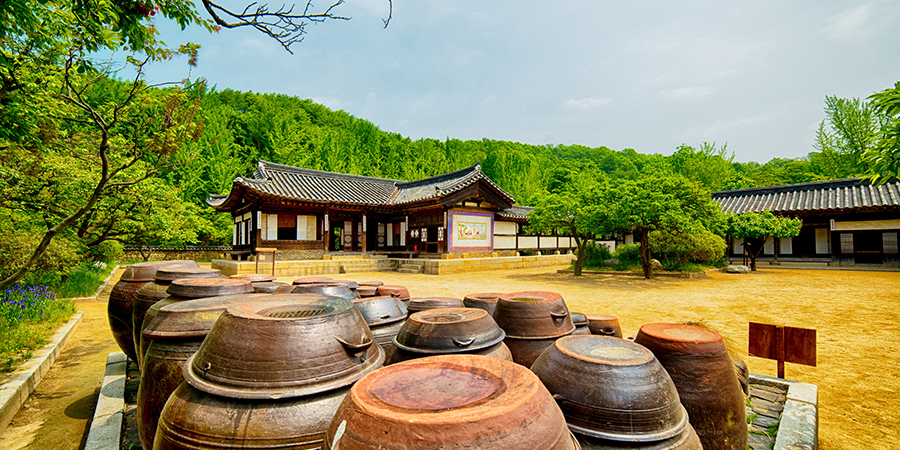
ⓒ IR 스튜디오
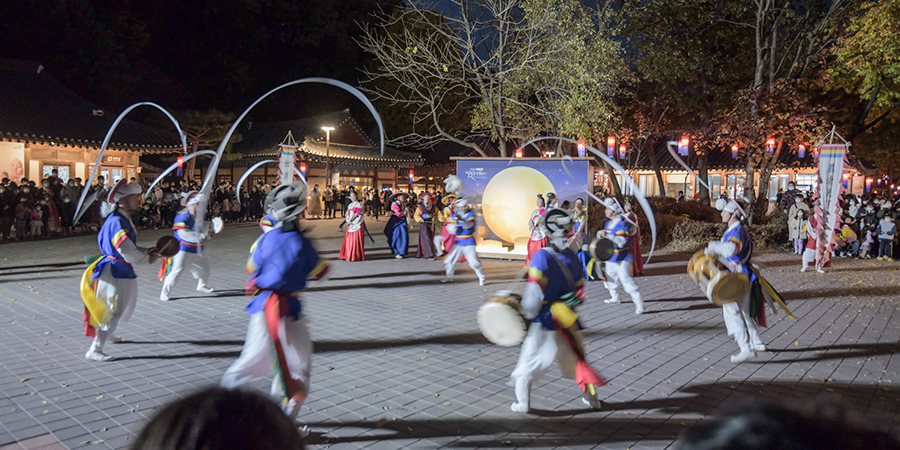
ⓒ 라이브스튜디오
2) Hwaseong Fortress
Hwaseong Fortress or Suwon Hwaseong is a fortification surrounding the center of Suwon, the provincial capital of Gyeonggi-do. It was built from 1794 to 1796 by King Jeongjo of the Joseon dynasty to house and honour the remains of his father, Prince Sado. The fortress and enclosed palace were designated as a World Heritage site by UNESCO in 1997.
VI. Train Trip to Gangneung
This tour is first come first serve basis.
1) Gyeongpodae Pavillion
It is one of Gangneung’s representative scenic spots and is designated as National Cultural Heritage Treasure No. 2046. Gyeongpodae is a pavilion that shows the culture of the Goryeo Dynasty and consists of 6 front rooms, 5 side rooms, and 32 pillars. Around Gyeongpodae, Gyeongpo Beach and Gyeonghopo Lake are located as tourist attractions, and many people visit Gyeongpo Beach to see the beautiful sunrise.
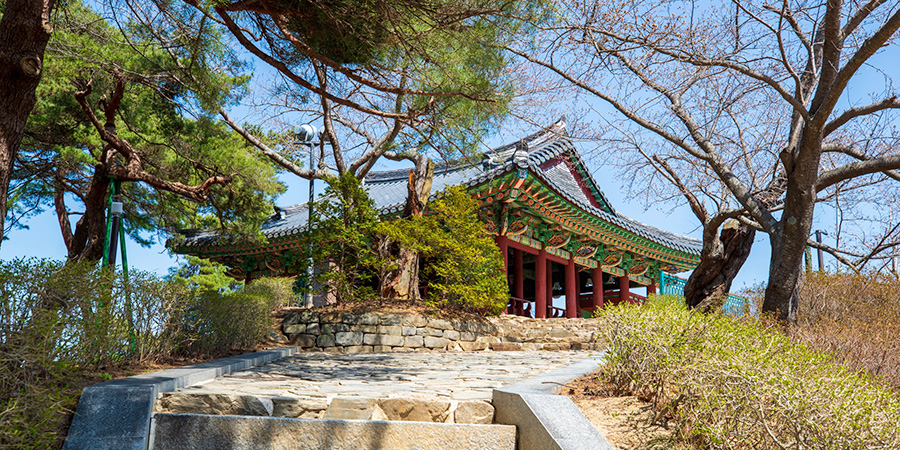
ⓒ한국관광공사 사진갤러리-김지호
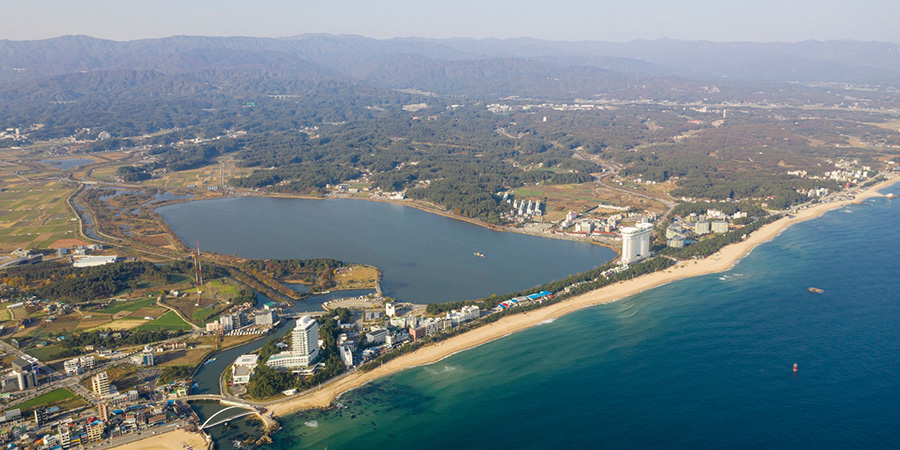
ⓒ한국관광공사 사진갤러리-디엔에이스튜디오
2) Ojukheon House
Gangneung Ojukheon is the birthplace of Shin Saimdang and Yulgok Lee I in Gangneung City, Gangwon-do. In Ojukheon House, you can hear the sound of black bamboo swaying in the wind, and a Municipal Museum that tells the precious history and culture of Gangneung.
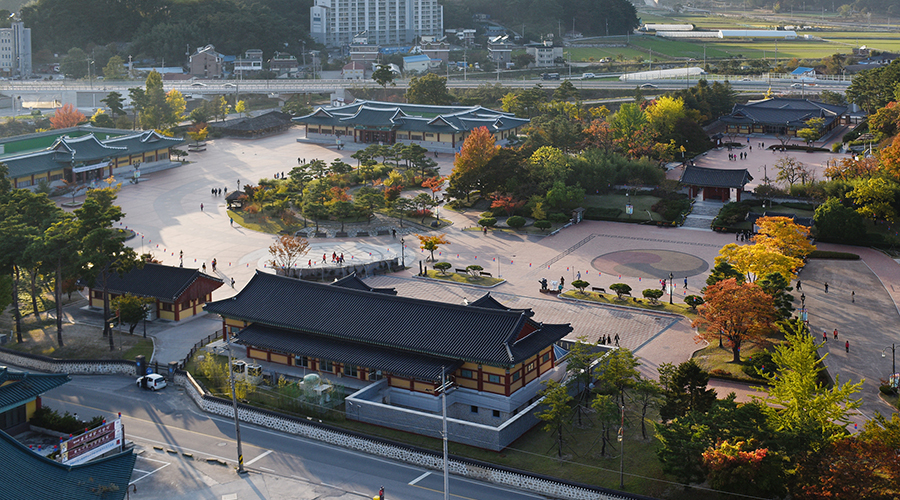
ⓒ한국관광공사 사진갤러리-IR 스튜디오
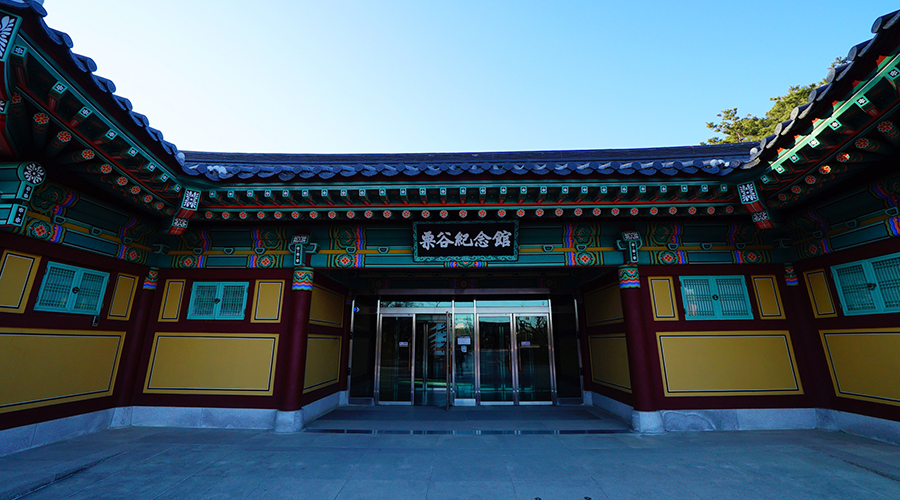
ⓒ한국관광공사 사진갤러리-이범수
3) Hassla Art World
Haslla Art World is an art space that harmonizes nature, people and art. The Sculpture Garden, approximately 27 acres in size, offers various themed gardens and structures. Contemporary Gallery has approximately 200 contemporary artworks, while Pinocchio & Marionette Gallery has various artworks from all over Europe. Haslla Art World has exhibitions and performances throughout the year, providing visitors with a special experience every time they visit.
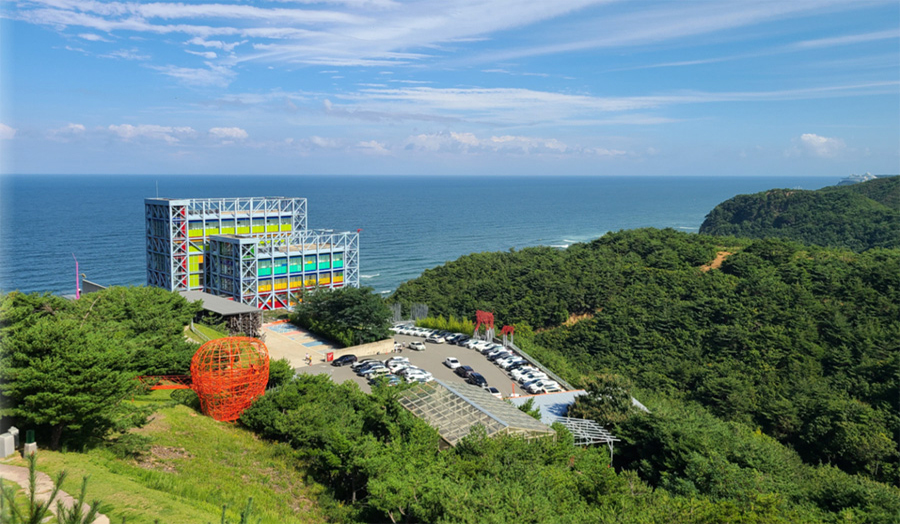
ⓒ하슬라 아트월드
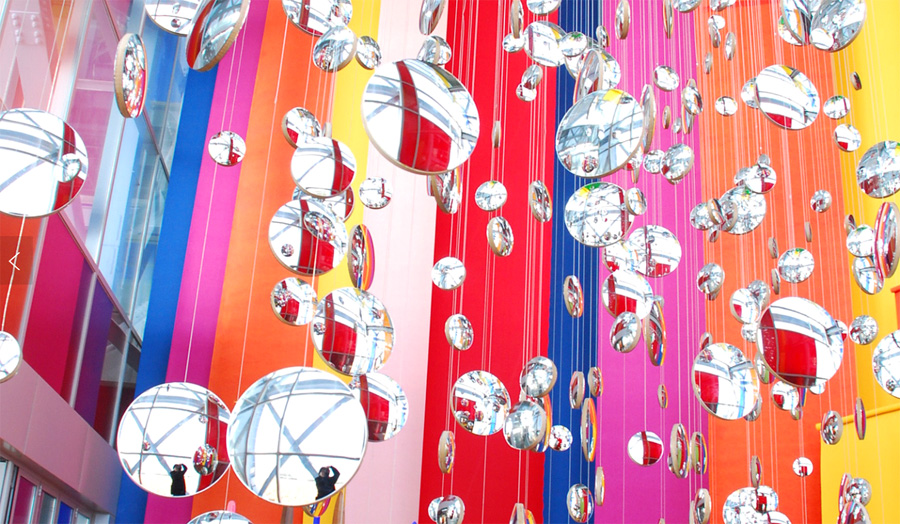
ⓒ하슬라 아트월드







